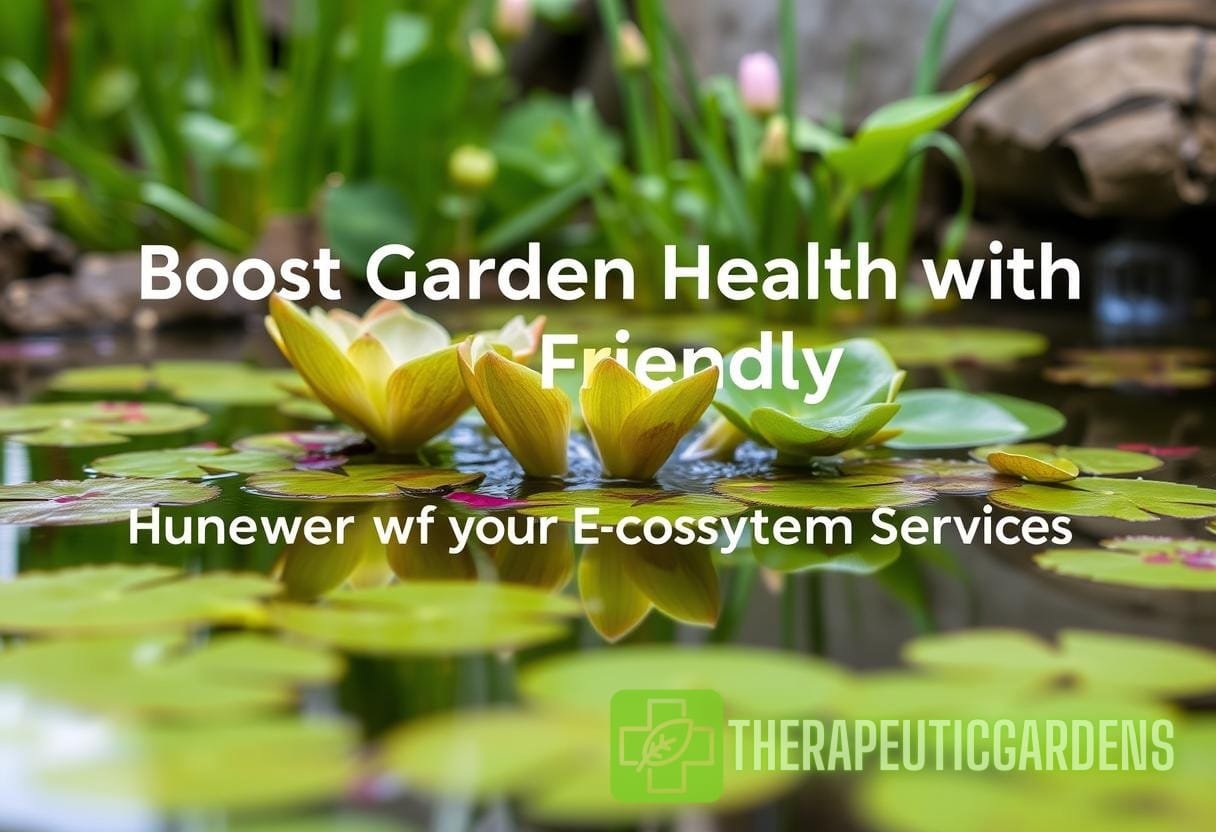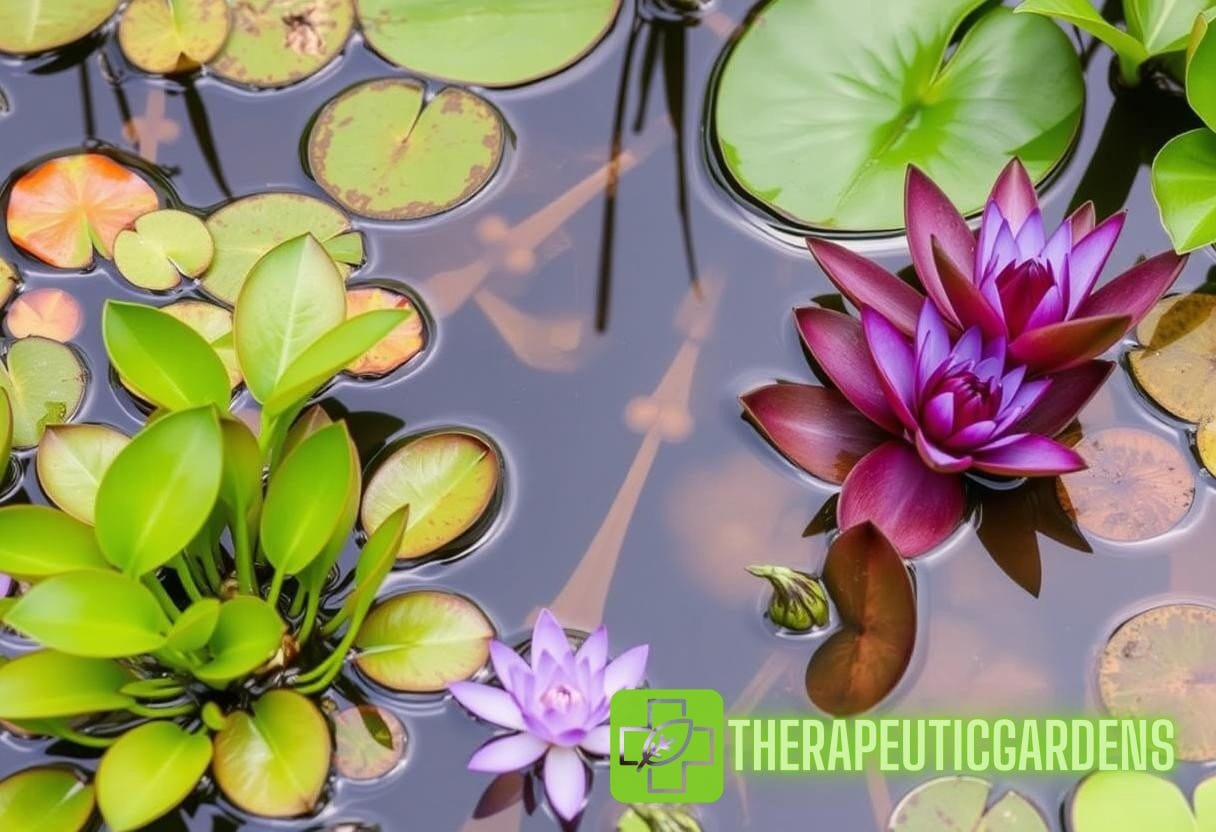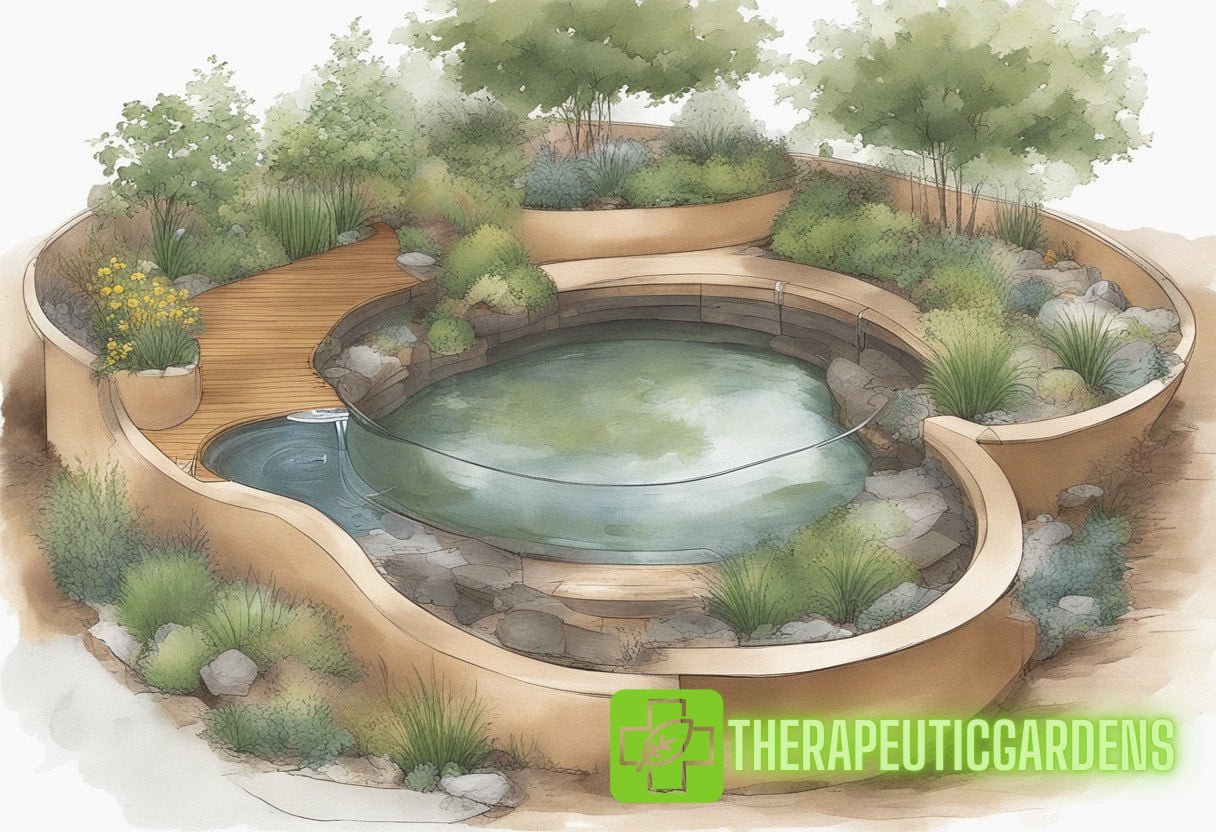Flowing Wellness: Harnessing Ecosystem Services of Aquatic Plants for Sustainable Garden Health
In the quest for sustainable gardening practices, the increasing popularity of eco-friendly aquatic gardens has captured the attention of enthusiasts and researchers alike. Aquatic plants play a crucial role in enhancing garden health while contributing to the overall well-being of our ecosystems.
The Role of Aquatic Plants in Ecosystem Services
Aquatic plants, including submerged, floating, and emergent types, offer a variety of ecosystem services that are pivotal for both the environment and gardening enthusiasts. Some of the key ecosystem services provided by aquatic plants include:
- Water Filtration: Aquatic plants significantly improve water quality by absorbing nutrients and contaminants, which helps to reduce algae blooms and maintain balanced aquatic ecosystems.
- Habitat Provision: These plants create essential habitats for diverse wildlife, including fish, amphibians, and invertebrates, contributing to increased biodiversity in garden ecosystems.
- Carbon Sequestration: Aquatic plants contribute to the reduction of carbon dioxide in the atmosphere through photosynthesis, thereby helping mitigate climate change.
- Soil Stabilization: The root systems of aquatic plants help to prevent erosion and stabilize soil, especially in wetland areas, ensuring optimal moisture levels for other garden plants.
Understanding these ecosystem services is paramount to harnessing the full potential of eco-friendly aquatic gardens. Studies demonstrate that integrating such plants into traditional gardens can lead to notable improvements in both plant health and water management.
Types of Aquatic Plants and Their Benefits
When considering the establishment of an aquatic garden, it is vital to select species that provide varying benefits. The following categories and examples elucidate the advantages of incorporating different types of aquatic plants into your garden:
1. Submerged Plants
Submerged plants, such as Elodea canadensis (Canadian waterweed) and Myriophyllum spicatum (Eurasian watermilfoil), grow entirely underwater. They contribute to:
- Oxygen Production: Through photosynthesis, they produce oxygen, which is critical for the survival of aquatic life.
- Nutrient Uptake: These plants absorb excess nutrients, especially nitrogen and phosphorus, thereby preventing algal growth.
2. Floating Plants
Floating plants, including Lemna minor (common duckweed) and Pistia stratiotes (water lettuce), offer unique contributions:
- Shade Provision: They provide shade, which reduces water temperature and helps maintain a balanced aquatic environment.
- Surface Filtration: Floating plants can effectively filter out pollutants suspended in the water.
3. Emergent Plants
Emergent plants like Syringa vulgaris (lilac) primarily grow in wetlands and along shorelines. Their advantages include:
- Wildlife Attraction: They attract pollinators and other beneficial insects, enhancing overall biodiversity.
- Soil Stabilization: Their root systems hold soils firmly, preventing erosion and providing solid anchor points for other species.
Creating an Eco-Friendly Aquatic Garden
Establishing an eco-friendly aquatic garden involves several steps to ensure sustainable practices. Below are essential guidelines that any gardener should consider:
1. Site Selection
Choose a location with adequate sunlight while ensuring access to water. Assess the soil and existing flora, aiming for compatibility with aquatic plants.
2. Plant Selection
Select native aquatic plants suited for your region, as they tend to thrive better and provide greater environmental benefits.
3. Design and Implementation
Integrate plants in layers to mimic natural habitats. Create areas of deep and shallow water to accommodate various species and wildlife. Ensure sufficient space for growth, allowing roots to establish.
4. Maintenance Practices

Regular maintenance is crucial for sustaining an eco-friendly aquatic garden. Implement the following practices:
- Regular Monitoring: Check water quality and plant health frequently.
- Seasonal Pruning: Prune back plants as needed to prevent overgrowth and maintain ecological balance.
- Water Management: Employ efficient water management strategies, such as rainwater collection, to reduce reliance on municipal supplies.
Case Studies: Successful Eco-Friendly Aquatic Gardens
Several case studies demonstrate the successful implementation of aquatic gardens, showcasing the myriad benefits of aquatic plants:
1. The Floating Gardens of Xochimilco, Mexico
The ancient floating gardens in Xochimilco show how traditional agricultural practices can coexist with sustainable gardening. Farmers utilize a system of chinampas, or floating islands, brimming with nutrient-rich plants that sustain crops and support local biodiversity.
2. The Atlanta Botanical Garden, Georgia
The Atlanta Botanical Garden has effectively integrated aquatic plants into its landscapes, offering educational programs about their ecological importance. The garden features various aquatic habitats that serve as a sanctuary for local wildlife and plants, emphasizing the essential services that these ecosystems provide.
Scientific Perspectives on Aquatic Ecosystems
A growing body of scientific research supports the integration of aquatic plants into sustainable gardening practices. According to a study published in the journal Ecological Applications, the introduction of aquatic plant species can lead to a 76% reduction in nutrient pollution within water systems (Smith et al., 2020). Furthermore, research indicated that gardens containing aquatic plants supported 54% more biodiversity than those without.
Such findings highlight the critical role that aquatic plants play in maintaining healthy ecosystems and supporting sustainable gardening practices. Recognizing their value enables gardeners to make informed decisions beneficial to both their gardens and the environment.
Economic Benefits of Aquatic Gardens
Beyond ecological advantages, establishing eco-friendly aquatic gardens can yield economic benefits. Some of these include:
- Cost-Effective Water Management: Properly designed aquatic gardens can reduce water usage and minimize irrigation costs.
- Increased Property Value: Homes featuring well-maintained gardens that incorporate aquatic plants often enjoy higher property values due to their aesthetic appeal and environmental benefits.
- Savings on Maintenance: Utilizing natural filtration systems reduces the need for chemical treatments, leading to overall cost savings.
Challenges and Solutions in Aquatic Gardening
While the integration of aquatic plants offers numerous benefits, some challenges can arise. These may include:
- Invasive Species: Some aquatic plants can become invasive, threatening native ecosystems. Solutions include monitoring plant growth and promptly removing invasive species.
- Water Quality Issues: Poor water quality can adversely affect plant health. Conduct regular water tests and consider natural filtration solutions.
- Public Perception: Some may perceive aquatic gardens as untidy. Educating the community and showcasing the benefits can help shift perceptions.
Future Trends in Aquatic Gardening
The future of horticulture is veering towards sustainability, with aquatic gardening leading the way for innovative practices my extensive benefits. Emerging trends include:
- Urban Aquaponics: Innovative systems combining aquaculture and hydroponics can reduce food miles and promote local food production.
- Use of Technology: Smart gardening technologies, such as sensors and automated systems, can optimize water usage and plant growth.
- Community-Based Initiatives: Increased collaboration among communities to establish shared aquatic gardening projects that promote sustainability and education.
With these trends, aquatic gardens are set to play an even more significant role in sustainable agricultural practices in urban and natural landscapes alike.
Conclusion
The integration of aquatic plants into our gardening practices offers immense ecological, economic, and aesthetic advantages. As we harness their ecosystem services, they help us foster sustainable habits, creating vibrant eco-friendly aquatic gardens that contribute to a healthier environment. Understanding the intricate relationships between aquatic plants and their ecosystem benefits will allow future gardeners to cultivate landscapes that nurture both plants and wildlife.


